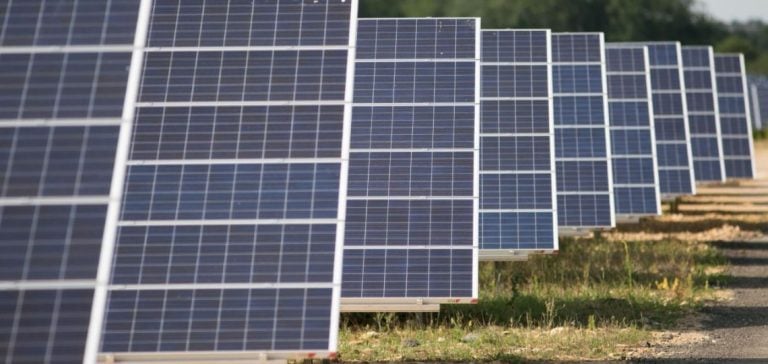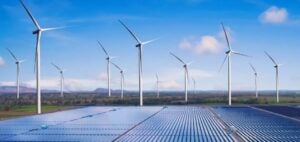Construction is progressing rapidly at the Gleichen solar project site in southeastern Alberta. This $33 million project aims to produce over 13 megawatts of electricity for surrounding communities. It is a collaboration between Ermineskin Cree Nation and TIU Canada, with financial support from the Canadian government through the Smart Renewables and Electrification Pathways (SREP) program, which has invested $21.3 million into the initiative.
The Ermineskin Cree Nation holds a majority stake of 51% in this project, strengthening its position in the local energy sector. During a recent site visit, Chief Jole Mykat highlighted the importance of this strategic partnership, which aims to diversify the community’s income streams and strengthen its presence in the energy market.
Commissioning Expected in 2025
Construction began in June 2024, and the infrastructure is on track to become operational by March 2025. Dan Visser, Country Manager of TIU Canada, explained that the site is progressing according to schedule, with technical teams currently focusing on the installation of solar panels. The project will consist of approximately 32,000 solar panels, 43 inverters, and 5 medium voltage transformer stations, necessary to connect production to the local electricity distribution grid.
Economic and Industrial Benefits
In addition to generating electricity, the project is also creating local economic opportunities. Nearly 3,000 steel piles, manufactured in Alberta, have been used to support the solar panels. The project also benefits from existing energy distribution infrastructure, facilitating its integration into the Fortis Alberta regional grid. Visser added that this project exemplifies how partnerships between companies and Indigenous communities can contribute to the growth of Canada’s energy sector.






















